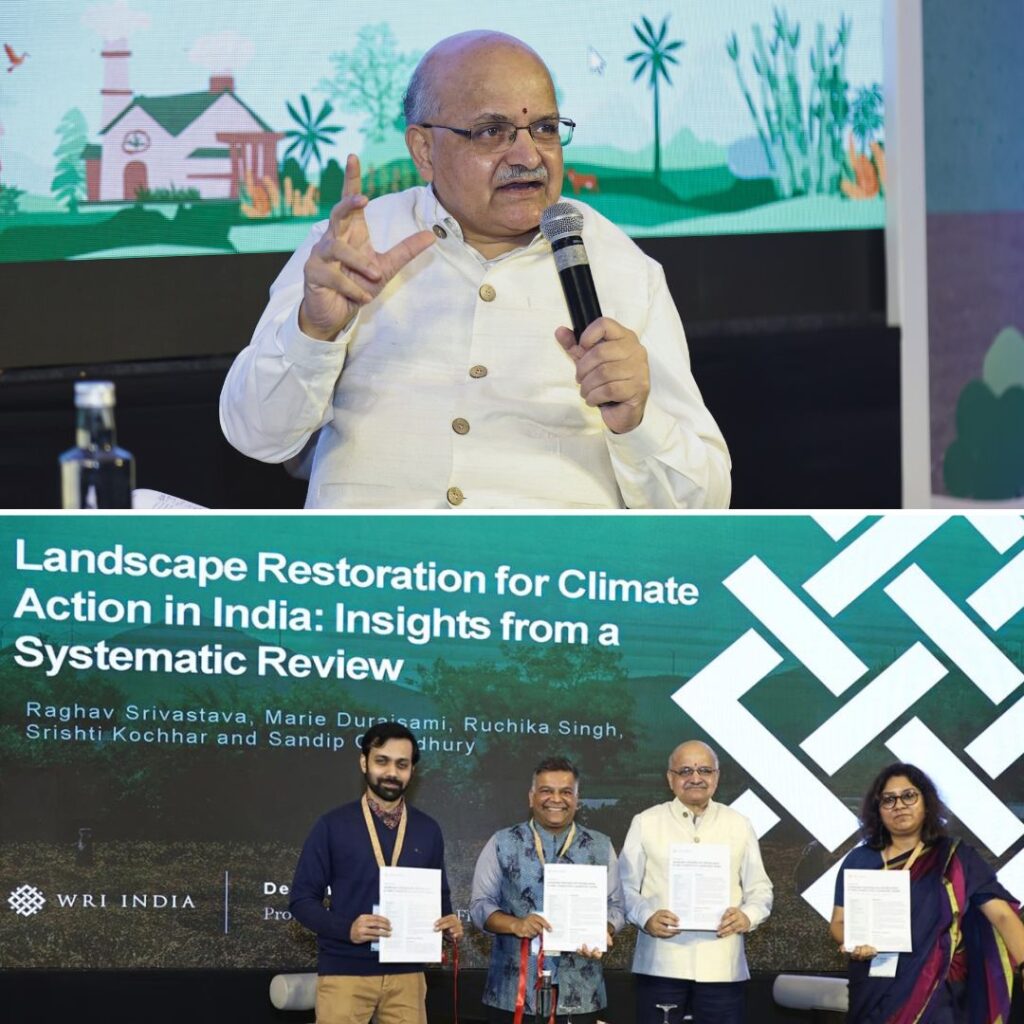It was April 1999 and I was at my first press conference. It had been organised to tell the world that we had received a legal notice from Tata Motors for a whopping Rs100 crore. This was over an article that my late colleague Anil Agarwal and I had written, talking about toxins emitted by diesel vehicles that were dangerous to our health.
My message was: Diesel vehicles emit fine particles. They were known then as PM 10 and are now known as PM 2.5—simply because measuring devices have improved over the years. It has been shown conclusively that because of their small size, these particles can penetrate deep into our lungs and enter our bloodstream, leading to cardiac and respiratory problems. The World Health Organisation (WHO) had classified these particles as “likely carcinogen” (since then, it has upgraded the threat to “carcinogen”). Our conclusion was: Cars should not use diesel. Buses should shift to compressed natural gas (CNG), which emits much lower levels of PM 10 and PM 2.5. The government should rapidly and urgently clean up the quality of fuel and improve vehicle technologies.
Our conclusion was: Cars should not use diesel
My colleagues at the CSE (Centre for Science and Environment) had spent over a year trying to understand the cause of pollution in the city…there had been an explosion in the number of vehicles on the road—a phenomenon driven by the easy availability of the affordable Maruti cars.
This, combined with the fact that there was absolutely no standard for the quality of fuel or limits on vehicle emissions, meant that the air of the national capital was toxic.
Slow murder
Pollution did not kill instantly but instead led to the suppression of the body’s immune system, destroyed lung function or added to the cancer or cardiovascular disease burden—it was slow, but murder nevertheless. We indicted the government and industry. We put three faces on the cover of our fortnightly, Down to Earth, Nov. 15, 1996. They were of Jai Narain Prasad Nishad, then minister of environment and forests; TR Baalu, then minister of petroleum (there was no natural gas ministry); and Rahul Bajaj, the owner of Bajaj Motors, and at that time, India’s sole auto king. Why? Because our research had indicted the three. Proposals for vehicular standards were being shunted from one agency to another. This was a time when India had no Bharat Stage (BS) vehicle emission standards.
Rahul Bajaj was on the cover of our magazine because of the extremely polluting two-stroke technology that two- and three-wheelers used. Bajaj had a monopoly on vehicles at that time—this is before the advent of the four-stroke technology. The four-stroke technology saw the rise of Hero Honda and personal car mobility, which in turn saw the rise of Maruti Suzuki and all the other companies. Our agenda was not personal. It was to bring about policies for fuel technology standards and to use this to drive out polluting vehicles. This is what we now call first-generation reform.
In July 1998, the supreme court’s top bench, then headed by chief justice AS Anand…set a deadline for conversion of all three-wheelers and diesel buses to CNG. Delhi was now on schedule for a clean-up. But even as the supreme court proposed, the government deposed. Powerful vested interests did not allow anything to move. Why? Because diesel had big friends.
The year was 1998. The car industry was about to bloom—old players like Hindustan Motors with its Ambassador car were being edged out by zippier models from Maruti Suzuki and Hyundai. Waiting in the wings and about to pounce on the market was Tata Motors. Till then present only in the commercial truck and bus segment, the company had a grand plan. Tata Motors had worked out a scheme by which it could break into the Japanese- and Korean-dominated Indian car industry, with a product that was not natty but was cheap to run. How? It would use diesel—reserved for public transport and therefore kept cheaper than petrol—to fuel its car. It was just about to launch the Sumo—the first taxi car of India on diesel. This was unacceptable for pollution control. EPCA [Environment Pollution (Prevention and Control) Authority], with Anil Agarwal as a member, had petitioned the supreme court asking for diesel to be banned for use in buses. We wanted buses to move to the cleaner CNG. We certainly did not want cars to use the dirty, toxic diesel! In 1999, the CSE published a report, provocatively titled “Engines of the Devil: Why Dieselisation of Private Automobile Fleet Should Be Banned.”
Tata Motors was not amused. In April that year, Tata Motors sued us for defamation—a Rs100-crore case was slapped on us—all for writing an article in the Business Standard about the toxicity of diesel. We took the matter to the public. This, as I explained earlier, was a defining moment for us, for me. It made us grow up. Fast. Tata withdrew the legal notice, but the fight moved underground.
The supreme court was listening. This…











